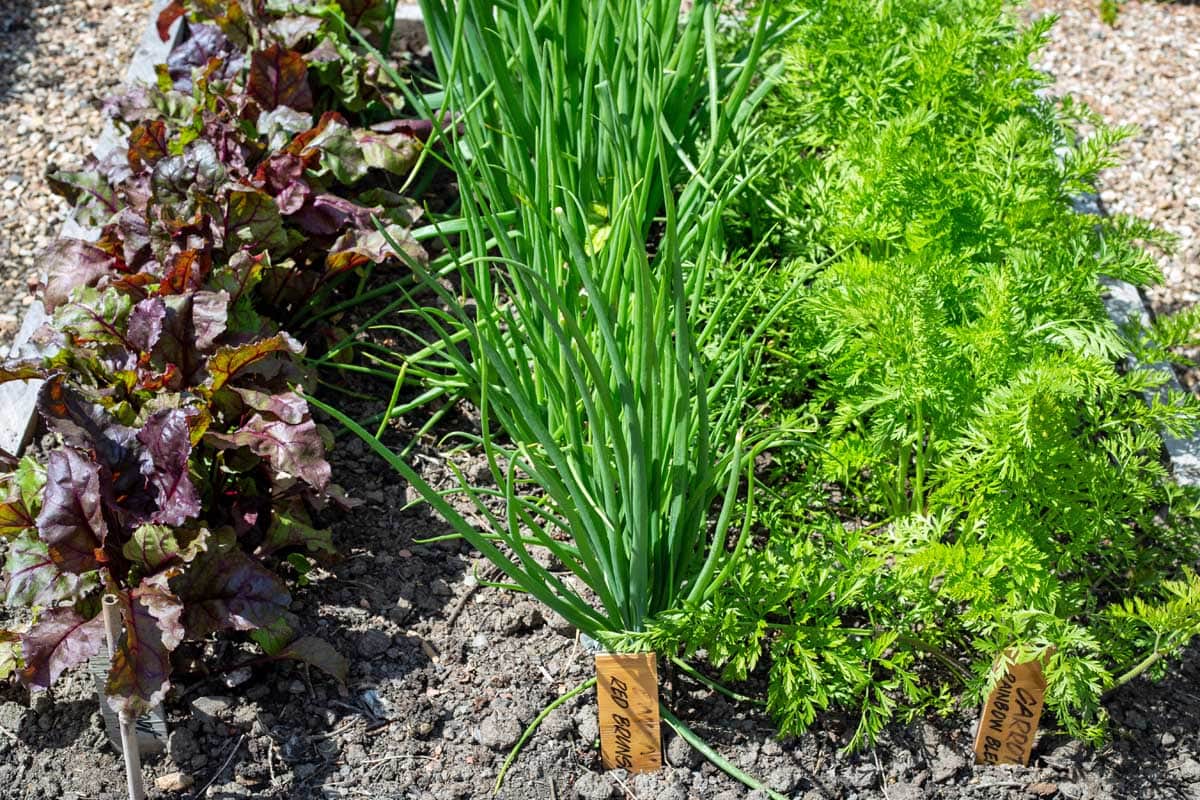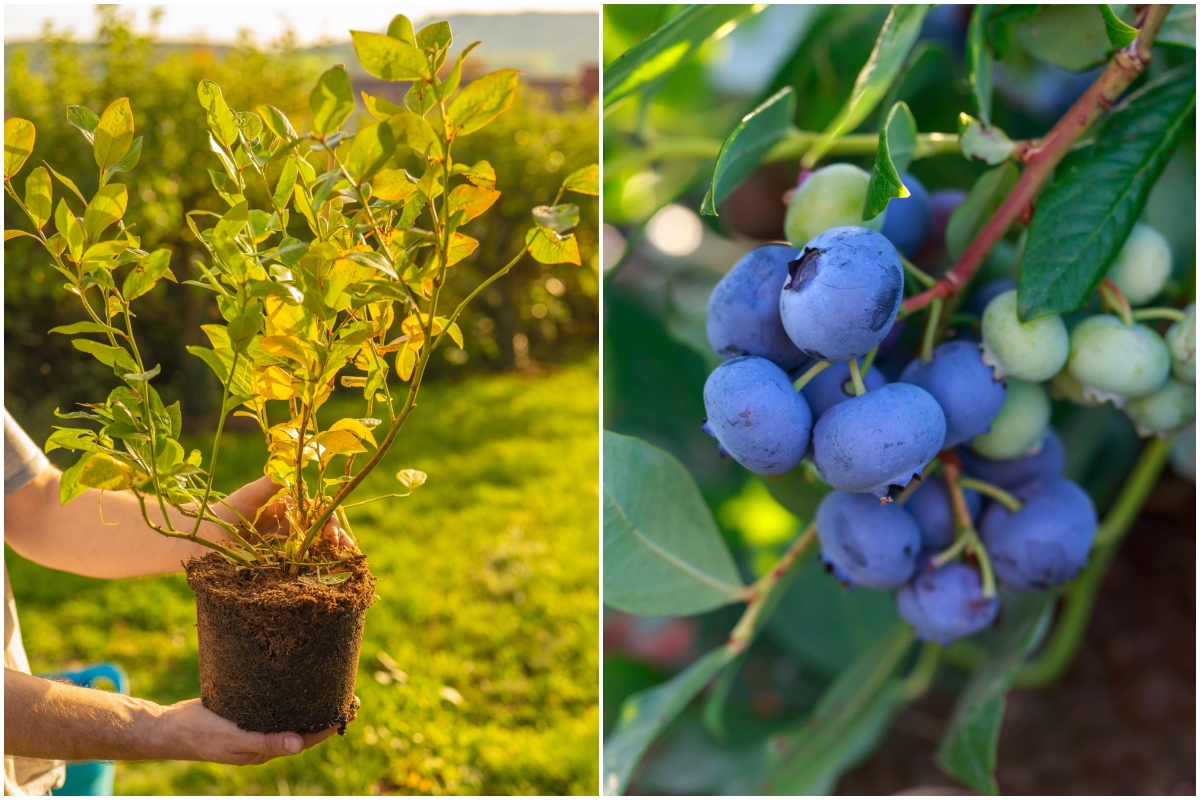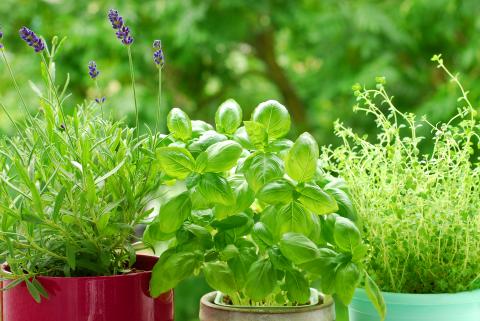The Ultimate Guide To Mushroom Companion Planting
The Ultimate Guide to Mushroom Companion Planting
Mushrooms are not just delicious and nutritious foods, they can also be valuable allies in your garden. By companion planting mushrooms with other plants, you can create a more productive and sustainable ecosystem.
In this guide, we will discuss the benefits of mushroom companion planting, and provide you with a list of some of the best mushroom-plant pairings. We will also cover some of the basics of mushroom cultivation, so that you can start growing your own mushrooms at home.
Benefits of Mushroom Companion Planting
There are many benefits to companion planting mushrooms with other plants. Here are a few of the most important:
- Mushrooms can improve soil health. Mushrooms are decomposers, which means they break down organic matter into nutrients that plants can use. This can help to improve the overall health of your soil, and make it more fertile.
- Mushrooms can help to suppress pests and diseases. Some mushrooms produce compounds that can help to repel or kill pests and diseases. This can help to protect your plants from damage, and reduce the need for chemical pesticides.
- Mushrooms can attract beneficial insects. Many beneficial insects, such as ladybugs and lacewings, feed on pests. By companion planting mushrooms with other plants, you can attract these beneficial insects to your garden, which can help to keep your plants pest-free.
- Mushrooms can add diversity to your garden. Mushrooms are a unique and interesting addition to any garden. They can add beauty and interest to your landscape, and provide a source of food and medicine.
Mushroom-Plant Pairings
There are many different mushroom-plant pairings that can benefit both the mushrooms and the plants. Here are a few of the most popular:
- Oyster mushrooms and tomatoes. Oyster mushrooms are nitrogen-fixing fungi, which means they can help to add nitrogen to the soil. Tomatoes are heavy feeders, so they benefit from the extra nitrogen that oyster mushrooms provide.
- Shiitake mushrooms and hardwood trees. Shiitake mushrooms are commonly grown on hardwood logs. The trees provide the mushrooms with a source of food and support, and the mushrooms help to protect the trees from pests and diseases.
- Lion's mane mushrooms and herbs. Lion's mane mushrooms are known for their medicinal properties. They can be grown in beds with herbs, such as chamomile and lavender. The herbs help to improve the flavor of the mushrooms, and the mushrooms can help to boost the immune system.
- Reishi mushrooms and flowers. Reishi mushrooms are known for their calming effects. They can be grown in beds with flowers, such as lavender and chamomile. The flowers help to attract beneficial insects, and the mushrooms can help to create a peaceful and relaxing environment.
Growing Mushrooms at Home
If you are interested in growing mushrooms at home, there are a few things you will need to do. First, you will need to obtain mushroom spawn. Mushroom spawn is the material that is used to start a mushroom growing culture. You can purchase mushroom spawn from a variety of online retailers or mushroom cultivation suppliers.
Once you have obtained mushroom spawn, you will need to prepare a growing substrate. The growing substrate is the material that the mushrooms will grow on. Common growing substrates include wood chips, straw, and sawdust. You can also purchase pre-made growing substrates from mushroom cultivation suppliers.
Once you have prepared your growing substrate, you can inoculate it with mushroom spawn. Inoculation is the process of introducing mushroom spawn to the growing substrate. You can inoculate your growing substrate using a variety of methods, such as mixing the spawn into the substrate, or injecting the spawn into the substrate using a syringe.
Once your growing substrate has been inoculated, you will need to provide it with the proper environment. Mushrooms need a moist, humid environment to grow. You can provide this environment by placing your growing substrate in a dark, humid location.
With a little patience and care, you will be able to grow your own mushrooms at home. Mushrooms are a delicious and nutritious food, and they can also be a valuable addition to your garden.
Did you know that mushrooms can be used as companion plants? That's right, certain types of mushrooms can actually benefit the growth of other plants in your garden. For example, oyster mushrooms can help to improve soil drainage and aeration, while shiitake mushrooms can help to suppress pests and diseases.
If you're interested in learning more about mushroom companion planting, I recommend visiting Gardenia Inspiration. This website has a wealth of information on the topic, including a list of compatible plant pairings, tips on how to grow mushrooms in your garden, and even recipes for using mushrooms in your cooking.
FAQ of mushroom companion planting
- What are the benefits of companion planting mushrooms?
There are many benefits to companion planting mushrooms. Mushrooms can help to improve the soil quality, by breaking down organic matter and adding nutrients. They can also help to suppress weeds and pests, and attract beneficial insects. Additionally, mushrooms can help to improve the flavor and yield of other crops.
- What are some good companion plants for mushrooms?
Some good companion plants for mushrooms include:
- Nettle: Nettles are a nitrogen-fixing plant, which means they can help to improve the nitrogen content of the soil. This is beneficial for mushrooms, as they require nitrogen to grow.
- Cucumber: Cucumbers release a chemical that helps to suppress the growth of harmful fungi. This can help to protect mushrooms from disease.
- Onion: Onions release a chemical that helps to repel pests, such as slugs and snails. This can help to protect mushrooms from damage.
- Garlic: Garlic releases a chemical that helps to repel pests, such as deer and rabbits. This can help to protect mushrooms from damage.
- Lettuce: Lettuce provides shade for mushrooms, which can help them to grow in hot weather.
- How do I plant mushrooms with other plants?
When planting mushrooms with other plants, it is important to choose plants that have similar growing conditions. For example, mushrooms prefer moist, shady areas, so you will want to plant them with other plants that also prefer these conditions. You should also plant mushrooms in a location that is protected from the wind.
- What are some common problems with mushroom companion planting?
Some common problems with mushroom companion planting include:
- Disease: Mushrooms can be susceptible to a variety of diseases, such as powdery mildew and rust. These diseases can be spread by pests or by splashing water.
- Pests: Mushrooms can be damaged by a variety of pests, such as slugs, snails, and deer. These pests can eat the mushrooms or damage the mycelium, which is the underground network of threads that mushrooms use to grow.
- Weeds: Weeds can compete with mushrooms for water and nutrients. This can stunt the growth of mushrooms or prevent them from growing altogether.
- How can I troubleshoot problems with mushroom companion planting?
If you are having problems with mushroom companion planting, there are a few things you can do to troubleshoot the issue:
- Inspect your plants for signs of disease or pests. If you see any problems, take steps to treat them immediately.
- Water your plants regularly, especially during hot weather. Mushrooms need moist soil to grow.
- Add compost or other organic matter to the soil to improve its fertility. Mushrooms need nutrients to grow.
- Remove weeds from your garden regularly. Weeds can compete with mushrooms for water and nutrients.
Image of mushroom companion planting
5 different images of mushroom companion planting from Pinterest:
- Image 1: This image shows a bed of mushrooms growing alongside carrots, tomatoes, and lettuce. The caption says that mushrooms are beneficial to these plants because they help to improve the soil quality and reduce the need for fertilizer.

- Image 2: This image shows a patch of mushrooms growing under a blueberry bush. The caption says that blueberries and mushrooms are mutually beneficial plants, as the blueberries provide the mushrooms with shade and the mushrooms help to improve the soil acidity for the blueberries.

- Image 3: This image shows a row of mushrooms growing alongside a bed of strawberries. The caption says that strawberries and mushrooms are both susceptible to pests and diseases, so planting them together can help to protect each other.

- Image 4: This image shows a pot of mushrooms growing alongside a pot of herbs. The caption says that mushrooms and herbs can be beneficial to each other, as the mushrooms help to improve the drainage of the soil for the herbs and the herbs help to deter pests from the mushrooms.

- Image 5: This image shows a mushroom log planted in the ground next to a tree. The caption says that mushroom logs can be a great way to add nutrients to the soil and attract beneficial insects to the garden.

Post a Comment for "The Ultimate Guide To Mushroom Companion Planting"